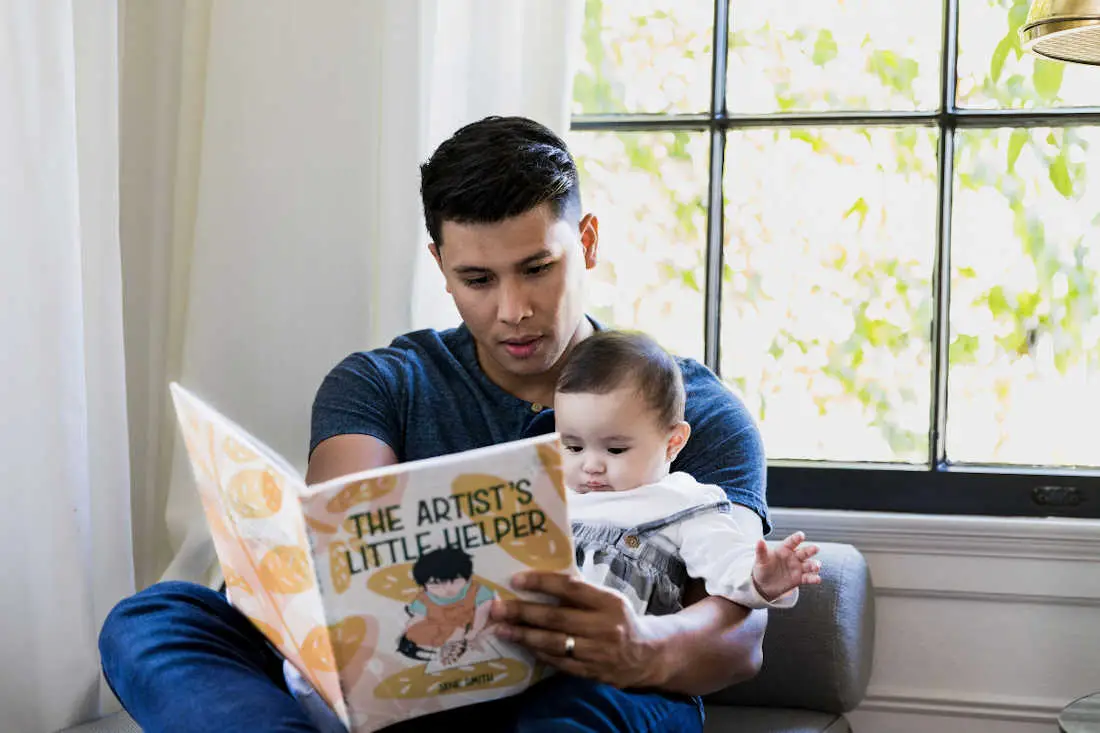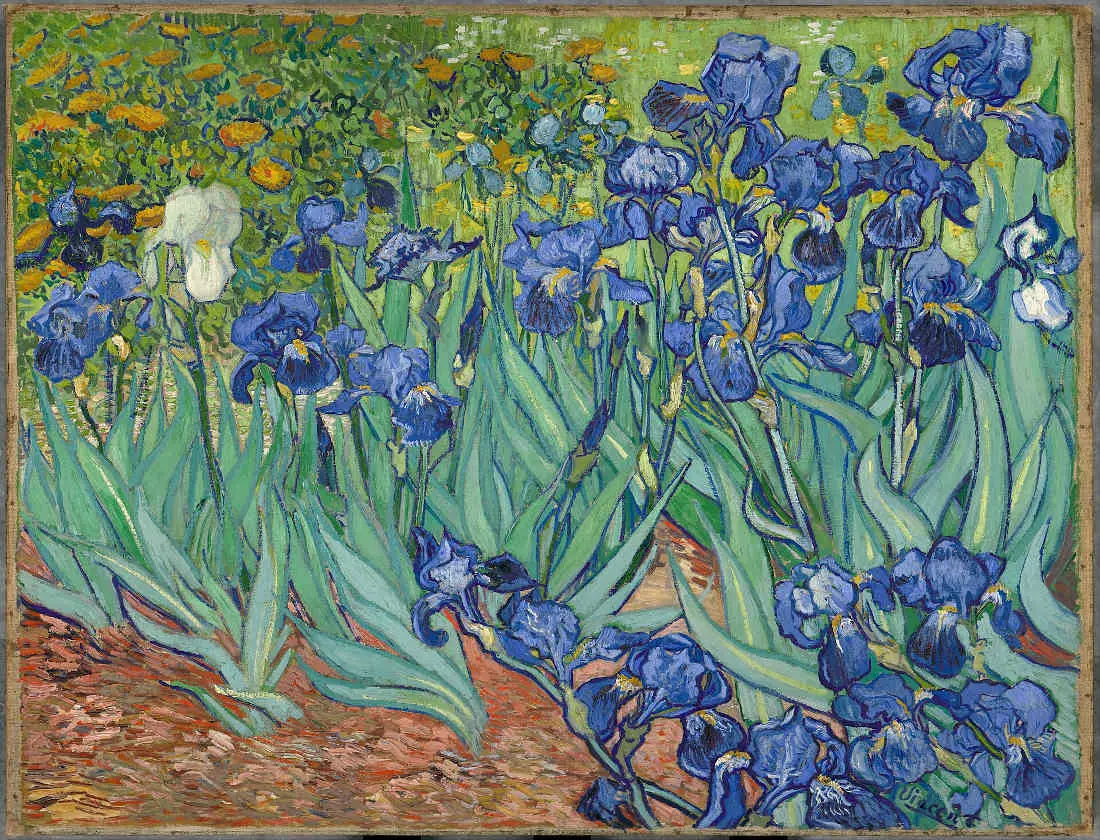
In a recent study, researchers have uncovered a fascinating connection between babies and adults in terms of their preferences for visual art. This revelation hints at the idea that appreciation for art is natural rather than something humans develop over time.
The investigation, conducted by scientists from the University of Sussex in the United Kingdom, utilized artworks created by the renowned artist Vincent van Gogh. Van Gogh, a Dutch painter from the 1800s, was celebrated for his use of vibrant colors, thick brushwork, and bold strokes.
SEE ALSO: 18 Unexpectedly Amazing Ways You can Make Use of LEGOs
DID YOU KNOW?
Vincent van Gogh made more than 800 oil paintings and 700 drawings in his career.
The study enlisted 25 babies aged between 4 and 8 months and 25 adults aged between 18 and 43 as participants. They were presented with pairs of van Gogh’s landscape paintings displayed on iPads. The infants sat on their parents’ laps and viewed these artworks for brief five-second intervals.

The researchers carefully observed which of the two paintings the babies gazed at for a longer duration. This extended attention was identified as the artwork the babies “preferred.” Meanwhile, the adults were asked to express their preferences regarding the paintings. Astonishingly, the study revealed that the babies gravitated toward the same paintings that the adults favored the most. These paintings tended to feature lively, vivid colors and a broader spectrum of colors and brightness.
Philip McAdams, one of the contributors to the study, conveyed to The Guardian newspaper that babies’ attraction to such artworks might be linked to their developing eyesight. Babies perceive paintings more effectively when they exhibit significant contrast—easily distinguishable variations—rendering the visual input more manageable for their developing brains. One particular painting that both babies and adults admired was ‘Green Corn Stalks,’ depicting a golden and green field adorned with red poppies.
The research also unraveled some distinctions in the art preferences of babies and adults. Infants exhibited a preference for paintings containing numerous edges, like those on leaves and branches, a predilection not shared by adults. Additionally, babies displayed a preference for images featuring curved lines, which aligns with their inherent inclination to focus on faces from birth.
Furthermore, babies demonstrated a proclivity for images showcasing recognizable elements such as a stretch of sky, as they spent more time gazing at these. However, it remains uncertain whether the babies genuinely liked the paintings or simply found them more captivating to look at.
The benefits of art education
A separate study underscored the substantial influence of art education on young individuals, transcending the realms of education, social development, and emotional well-being. Scientists at Rice University collected data from 10,548 students attending 42 K-12 schools in Houston, Texas, where students were exposed to various art forms like visual arts, music, dance, and theater. This exposure encompassed attending performances, engaging with visiting artists, and incorporating art into the classroom curriculum.
Academically, these students demonstrated a remarkable 13% boost in their writing test scores. They also showcased an 8% increase in their capacity for empathy and a heightened awareness of others’ emotions. A fraction of the students exhibited enhanced engagement with school, while 5.7% of them expressed a more fervent interest in pursuing higher education.
More:



Comments